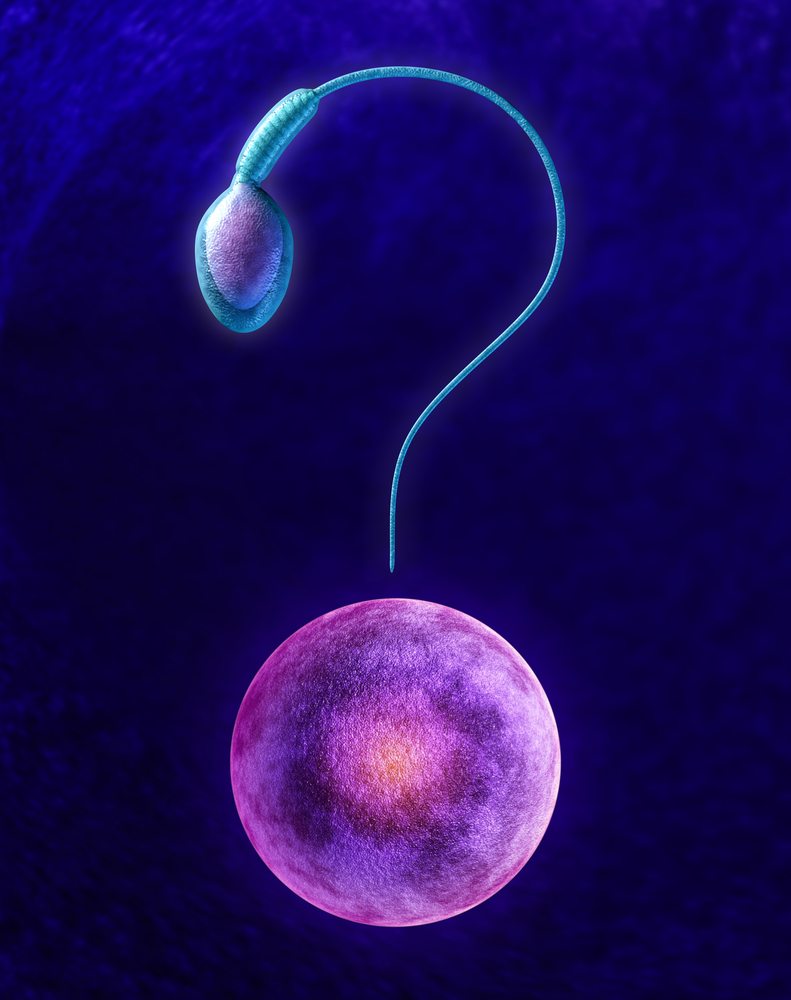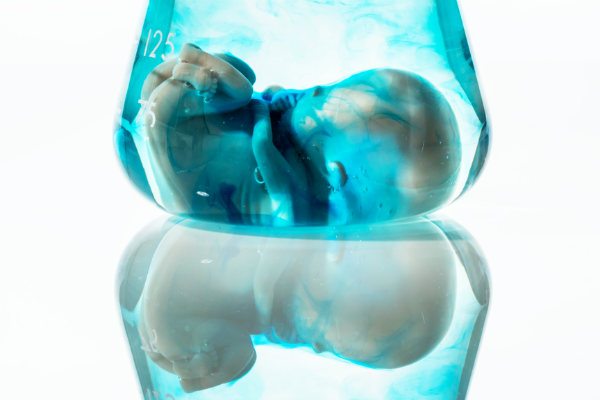Signs of nearing labour – more than waters breaking

Giving birth is not an uncommon scene in movies, so most people would know that a baby is near when the water broke. But did you know that there are many more tell-tale signs that a woman is nearing her labour? If you are pregnant right now, these are critical things to look out for […]
Sperm DNA damage/fragmentation: problems that evade the eyes

Male factor infertility accounts for half of the couples seeking fertility treatment, but not all causes can be explained. Within this group, 5-10% men have high amount of sperm DNA fragmentation despite having normal semen parameters. Studies have shown that sperm DNA fragmentation is correlated with poor reproductive outcomes, such as miscarriages, chromosomal abnormalities, congenital […]
Spermidine: The Natural Compound Revolutionising Fertility Research

In the ever-evolving world of fertility research, breakthroughs are always welcomed with great anticipation. The recent discovery of spermidine’s potential benefits in reversing age-related fertility decline has created ripples in the scientific community and offered hope to countless individuals. What Is Spermidine? Spermidine is a naturally occurring polyamine compound found in various foods, including cheddar […]
Supplementation Of Progesterone In An IVF Cycle

What is progesterone? Progesterone is an important hormone produced in the second half of a woman’s menstrual cycle, in what’s called the Luteal Phase. After an ovarian follicle releases the egg of the month, it takes on the next job – preparing the the uterus lining for pregnancy. In a natural cycle, progesterone signals the […]
Support for expecting and new mums during COVID-19

The ABC News recently reported stories of new mums who are unable to celebrate births amid coronavirus isolation. Unfortunately, the struggle is real! Having a baby is stressful enough but being in a hospital setting and having fewer family members around could make things quite depressing. Since up to one in five women can develop […]
Surrogacy Process and the Law in Australia

Surrogacy is legal in Australia but there are various laws affecting surrogacy across our States and Territories. Many couples are so focused on having their child that they fail to consider some of the potential ramifications involved in the process. If youre considering a surrogacy arrangement, its important to seek local advice. Educate yourself on […]
Secondary Infertility and Problems Having another Child

Many people assume that their fertility worries are over once they have successfully conceived, carried and given birth to their first child. However, even if you had no issue falling pregnant the first or subsequent times, infertility can affect you later in life. While ageing is often a factor in secondary infertility, there are many […]
Nutrition and supplementation facts for preconception planning
During the famous Dutch famine of 1944-1945, the daily nutritional intake of pregnant women was reduced to only approximately 400-1000 calories, which is well under the 1800-2400 calories recommendation. As a result, infants who were subjected to mid or late gestation calorie restriction were born lighter. Later in adulthood, these children also experienced reduced glucose […]
Our pick – free Ovulation Calendar App

Tracking your menstruation cycle is important to get pregnant or avoid getting pregnant. There are just few days in each cycle that a woman can get pregnant – ‘the fertile window’. The most likely days to conceive are the two days before ovulation and the day of ovulation. Why should I track my period cycle? […]
Overseas Egg Donation – What to Know Before You Go

A shortage of donors and an increasing demand for eggs has encouraged more infertile couples to go overseas to find a donor, often at a fraction of the price. If you are thinking about finding an egg donor in another country, make sure you are aware of the laws and regulations of the country you […]